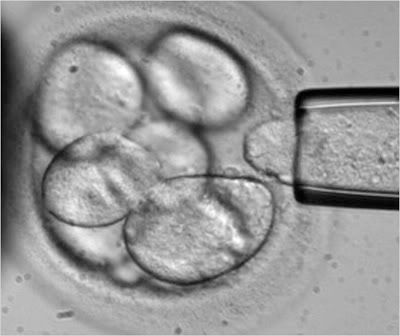Interesting facts about blood cells and plasma
September 25, 2010 | In: Medical facts

There are three main types of cells within the blood, platelets, white blood cells and red blood cells. White blood cells are much larger than red blood cells, and platelets are much smaller than red blood cells. Red blood cells are the most numerous by far, making up about 40% of the total blood volume. White blood cells and platelets are much less numerous, together making up only about 5% of the blood by volume. The remaining half of the blood is composed of a fluid called plasma.
Plasma is a sticky fluid that is 95% water. The other 5% is composed of the many substances that are dissolved within the plasma. These include nutrients, proteins, waste products, and hormones. Nutrients are the substances needed by the body’s tissues to sustain their normal function. The principal nutrients are sugars, fats, amino acids, vitamins and minerals. All of these are dissolved within the plasma, and then delivered to each cell within the body. The primary proteins in the plasma serve either as part of the clotting mechanism, as part of the immune system, or as transporters for nutrients.
The main waste product in the plasma is urea. It is a by-product of metabolism that is transported to the kidneys where it is eliminated. Hormones are chemicals that are used to regulate many of the body’s functions. They are produced by the body’s endocrine glands, and then released into the blood so that they may travel to their target organs elsewhere in the body.




